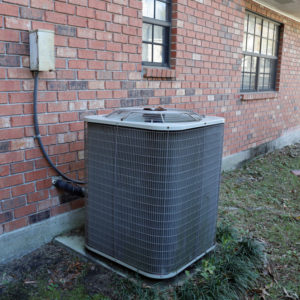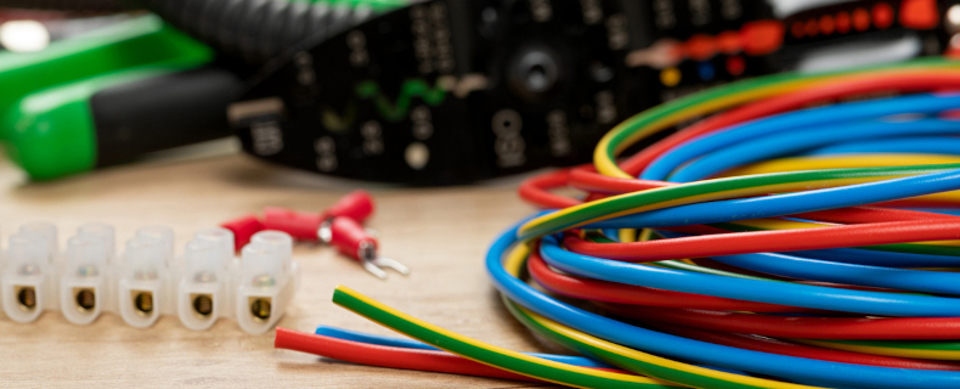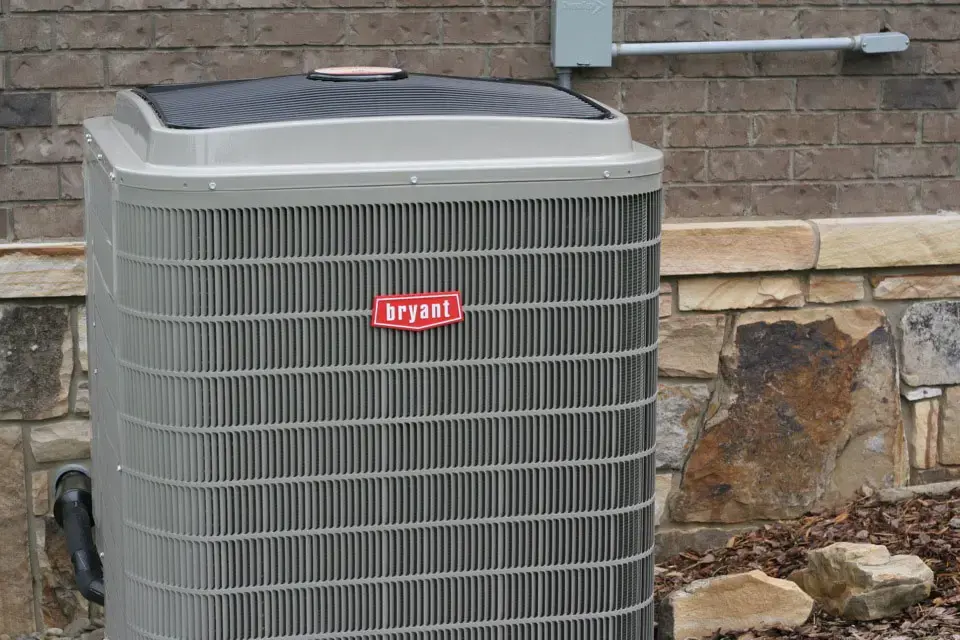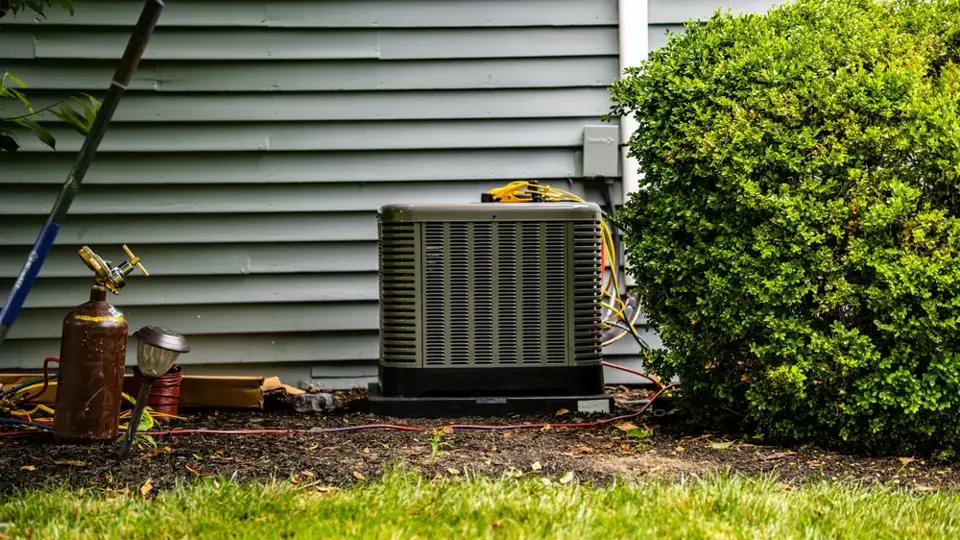When it comes to keeping your home cool and comfortable during a hot Tennessee summer, your air conditioner’s performance depends on more than just pushing air through vents. One critical factor behind efficient cooling is a process called refrigerant subcooling. At Thompson Electrical Services, we want homeowners in Bristol, Johnson City, and Kingsport to understand how subcooling impacts system efficiency and long-term HVAC health.
The Cooling Process, Simplified
Let’s start with the basics: your air conditioning system uses a chemical refrigerant to transfer heat. This refrigerant cycles between two key areas of the system—the evaporator coil (where it absorbs heat) and the condenser coil (where it releases heat).
When refrigerant enters the evaporator coil, it’s in a cold liquid state. Warm indoor air blows across the coil, and the refrigerant absorbs heat, turning into a gas. This gaseous refrigerant then travels back to the compressor and is pressurized before heading into the condenser coil outdoors. That’s where it releases the heat and turns back into a liquid.
But here’s where subcooling comes in—and why it’s so important.
What Is Subcooling?
Subcooling refers to cooling the refrigerant below its condensation (saturation) temperature after it has turned back into a liquid in the condenser. In simpler terms, it’s the extra cooling that happens before the refrigerant moves back to the evaporator coil to start the cycle over again.
This “extra cool-down” ensures the refrigerant stays in a pure liquid state—and that’s critical because liquid refrigerant can absorb more heat than gas. The colder the refrigerant when it hits the evaporator coil, the more effective your system is at pulling heat out of your home.
Measuring Subcooling Accurately
HVAC professionals measure subcooling using digital tools that compare the refrigerant’s actual temperature to its saturation temperature. The difference between these two readings is your system’s subcooling level.
For most systems, a subcooling range between 6–10°F is considered ideal. Anything outside this range could be a red flag for performance issues or potential damage.
What Happens When Subcooling Is Too Low?
When your system doesn’t achieve enough subcooling, it may be due to low refrigerant levels, often caused by leaks. With insufficient refrigerant, the system can’t effectively cool the liquid, which means it may turn into a gas before reaching the evaporator coil.
This severely reduces your system’s ability to cool your home and may even cause premature wear on internal components.
Too Much Subcooling Can Be Just as Harmful
While you don’t want too little subcooling, having too much isn’t a good thing either. Overcharging your system with refrigerant can lead to excessive subcooling. In this case, not all of the refrigerant evaporates in the coil, and liquid refrigerant may enter the compressor—which is dangerous.
Compressors are designed to handle vapor, not liquid. If liquid gets into the compressor, it can cause major internal damage and result in a costly repair or full system failure.
Why Professional Monitoring Is Key
Managing the right subcooling levels requires specialized tools and expertise. That’s why homeowners across Bristol, Johnson City, and Kingsport rely on Thompson Electrical Services for expert diagnostics and system checks. Our licensed technicians know how to detect refrigerant imbalances early and fine-tune your HVAC system for peak performance.
Schedule Your HVAC Inspection Today
If your AC isn’t keeping up or seems to run non-stop, subcooling could be part of the problem. Let our team at Thompson Electrical Services help. We’ll assess your system’s refrigerant levels, inspect for leaks, and ensure everything is running as efficiently—and safely—as possible.
Serving the Tri-Cities: Bristol, Johnson City, and Kingsport
Call us today at (423) 840-7457 to schedule a service appointment or speak with an HVAC specialist.






